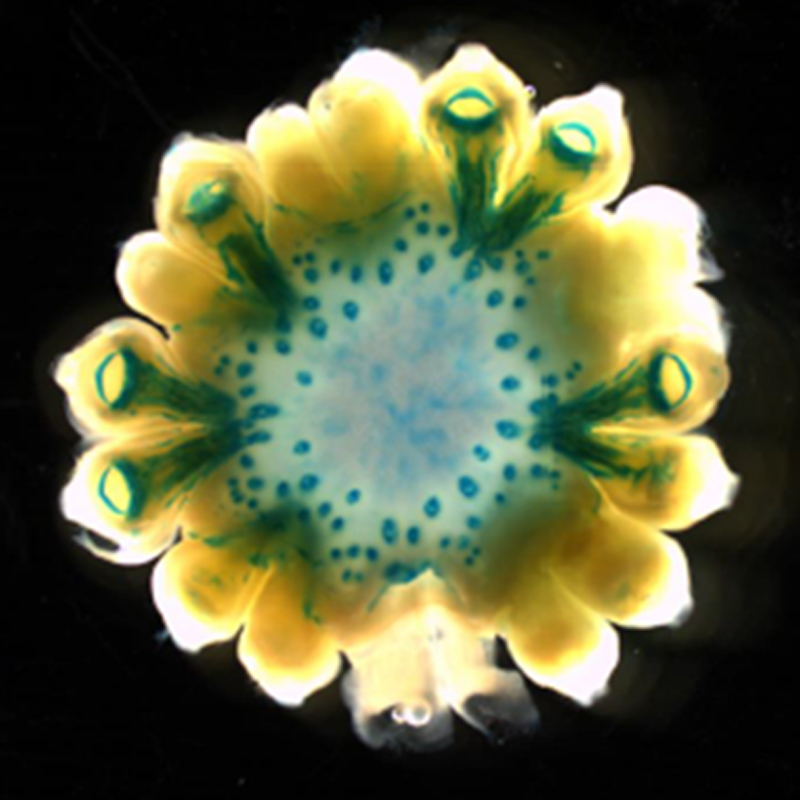
Scientists have moved a step closer to identifying how an obscure gene from rice can dramatically improve yields in some of the world’s most important staple crops, while at the same time conferring resistance to climate-related stresses such as drought.
The breakthrough makes it more likely that the world’s farmers will be able to feed a rising population expected to top 9-10 billion by mid-century without destroying more of the Earth’s fragile ecosystems, such as rainforests and wetlands, in order to grow food crops for humanity.
Most experts agree that billions more people, alongside shifting diets and economic development, mean that global food production must roughly double by 2050. In recent years, however, the average annual rise in yields of the world’s staple crops has fallen behind what would be needed to meet that goal.
Details of the discovery, which was made by a British-American team comprising researchers from the publicly-funded plant science institute Rothamsted Research and the company Syngenta, have been published in the journal Plant Physiology.
The scientists confirmed that the rice gene, when introduced into maize, altered the distribution of energy resources within the plant, with more sugars being diverted to seed production, thereby raising yield. The gene also protected yield against drought by preventing the loss of developing kernels earlier in the season during flowering.
The Rothamsted/Syngenta scientists used genetic engineering to introduce the rice gene, called TPP1, into maize plants. The transgenic maize then showed different levels of a natural chemical called trehalose 6-phosphate (T6P), which influences the distribution of sucrose in the plant.
Earlier work by some members of the team, published in 2015 in the journal Nature Biotechnology, reported field data at several sites and over multiple seasons, which showed that the engineered trait “improved yields from 9% to 49% under non-drought or mild drought conditions, and from 31% to 123% under more severe drought conditions, relative to yields from nontransgenic controls.”
Now we know far more about how this yield effect has been achieved, said lead author Matthew Paul, a molecular physiologist and plant biochemist at Rothamsted Research.
The transgenic maize depressed levels of T6P in the phloem, a major component of the plant s transportation network, allowing more sucrose to move to developing kernels and, serendipitously, increasing rates of photosynthesis, thereby producing even more sucrose for more kernels.
The team also chose to target the phloem within the plant s reproductive structures. These structures are particularly sensitive to drought female kernels will abort, Paul explained. Keeping sucrose flowing within the structures prevents this abortion.
He added: This is a first-in-its-kind study that shows the technology operating effectively both in the field and in the laboratory. We also think that this could be transferred to other cereals, such as wheat and rice.
Research published in 2013 showed that yield growth in the world’s top four staple crops maize, rice, wheat and soybean would need to reach 2.4 percent yearly to double production by 2050 as required. However, current annual yield growth rates in these crops were only 1.6 percent, 1 percent, 0.9 percent and 1.3 percent, respectively.
The latest Rothamsted/Syngenta research points to one potential pathway to achieve much higher yield growth rates in the key crops that feed humanity. However, since it requires a rice gene to be used in maize and wheat, global opposition against transgenic crops would have to diminish in order for the higher-yielding crops to be grown by farmers.
However, if worldwide opposition to creating GMO wheat and rice wins out the two crops are currently non-transgenic it may be difficult to increase production while resisting pressure to destroy the world’s rainforests. And that is somewhat ironic, given that most anti-GMO activism comes from ostensibly environmental groups.
